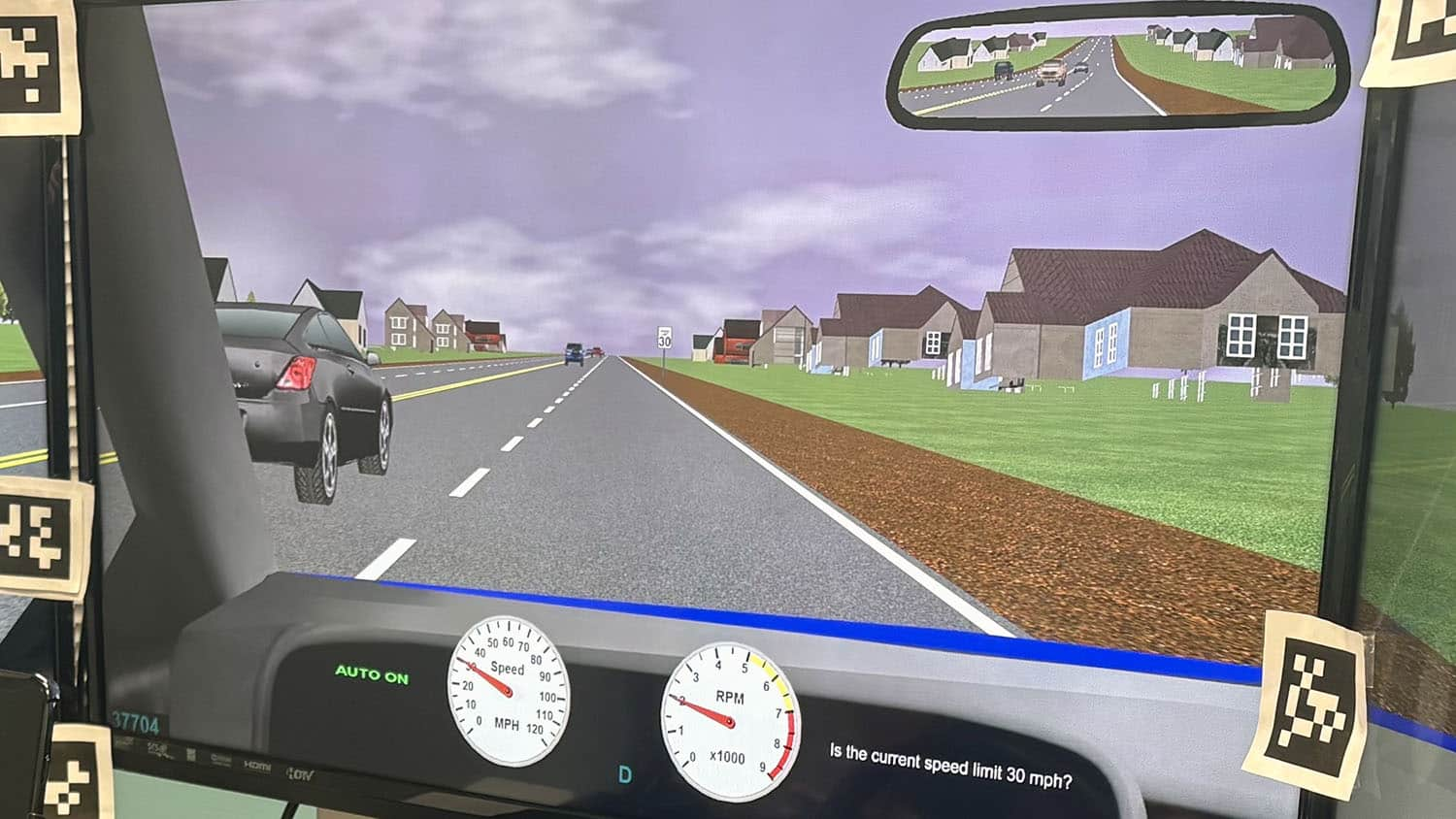For Immediate Release
A new study of how high school students respond to a program designed to increase the frequency and quality of conversations about race in school finds that the anti-racist intervention did not cause stress or feelings of alienation among study participants. The finding rebuts concerns that anti-racist programs are harmful to children and teens.
The study could serve as a blueprint for assessing anti-racist interventions.
“Young people are aware of racial injustice and related social issues, and schools are interested in helping students understand racial justice and develop the tools they need to discuss these issues in a meaningful way,” says Kelly Lynn Mulvey, co-author of a paper on the work and an associate professor of psychology at North Carolina State University.
“There are multiple programs that aim to help schools accomplish these goals,” Mulvey says. “In this study, we wanted to determine how effective one such program was. Did it help students understand racial justice issues? Did it make them more comfortable talking about these issues? Were there any unintended effects on the students?”
For the study, researchers from NC State, Duke University and Dickinson College worked in partnership with a public high school to assess the impact of a classroom intervention aimed at helping students understand and discuss issues related to racism. The intervention was conducted for 45 minutes once a week for 10 weeks. Specifically, the researchers did an assessment of 227 students before the intervention and three months after the intervention, aimed at capturing how engaged students were, how students related with staff, the extent to which students felt that they belonged in the school community, student stress, and the extent to which students perceived social inequality.
In addition, 67 of the study participants also completed daily surveys for three weeks during the intervention. These surveys were designed to capture daily fluctuations in each student’s stress levels and feelings of belonging.
“One of the key findings was that 60% of study participants reported being highly engaged with the intervention, and another 20% were passively/somewhat engaged,” says Jackie Cerda-Smith, first author of the paper and a Ph.D. student at NC State.
“Students in our study were actively interested in learning about and discussing issues related to racism,” says Mulvey. “And the highly engaged group demonstrated significant growth in their awareness of social inequality after the intervention.
“We also found that there was no increase in stress – or decrease in feelings of belonging – on days when students were involved in the anti-racism intervention,” Mulvey says. “That was true for all 67 participants who did daily surveys, regardless of how engaged they were in the intervention.”
“A lot of the opposition to addressing racism in schools hinges on the idea that anti-racist programming is somehow harmful or stressful for students,” says Cerda-Smith. “Our study finds that, at least with this program in this school, students are actually benefiting from these programs. What’s more, there is no evidence that the intervention is stressful or has an adverse impact on students’ feelings of belonging in their school community.
“Based on what we learned here, and on our interactions with the educators at this school, this study also underscores the value of partnerships between educators and the research community,” Cerda-Smith says. “We were able to capture real-world data on how students are responding to anti-racist interventions, which expands our understanding of this subject and gives teachers insights into their students. Hopefully, this will encourage more researchers and educators to pursue partnerships like this one.
“This study was particularly valuable for teachers at our partner school, because it took place during the pandemic when classes were being conducted online,” Cerda-Smith says. “Normal social cues that would help teachers determine how students were responding weren’t available, but our assessment gave them insights into students’ experiences with the intervention.”
“Another exciting component of this study was that we were able to capture student experiences in a variety of ways,” says Mulvey. “Many studies rely solely on pre-intervention and post-intervention testing to see what has changed. By having a subset of study participants provide data on a daily basis, we were able to better understand the effects of the intervention in real time. Further, we were able to capture student engagement with the intervention and see how that engagement related to outcomes. Previous work on this subject didn’t capture the role that engagement plays.
“This approach could serve as a model for future work aimed at broadening our understanding of anti-racist interventions, or other interventions in schools – such as interventions that focus on mental health or academic skills,” says Mulvey.
The paper, “A Novel Approach for Evaluating a Schoolwide Antiracist Curriculum Intervention,” is published open access in the journal AERA Open. The paper was co-authored by Paula Yust, an assistant professor of psychology at Dickinson College; Molly Weeks, director of research in Duke University’s Office of Undergraduate Education; and Steven Asher, a professor of psychology and neuroscience at Duke University.
The research was supported by a grant from the American Educational Research Association.
-shipman-
Note to Editors: The study abstract follows.
“A Novel Approach for Evaluating a Schoolwide Antiracist Curriculum Intervention”
Authors: Jacqueline Cerda-Smith and Kelly Lynn Mulvey, North Carolina State University; Paula K.S. Yust, Dickinson College; Molly S. Weeks and Steven R. Asher, Duke University
Published: Feb. 19, AERA Open
DOI: 10.1177/23328584231223476
Abstract: This manuscript describes our effort to apply a novel approach to understanding student outcomes associated with a schoolwide antiracist intervention. We report a multimethod quantitative approach to evaluate a 10-week antiracist intervention designed and implemented by school staff by examining patterns of student intervention engagement and measures of key constructs that connect to antiracism, psychological well-being, and school connectedness. Our novel approach combines schoolwide surveys with smaller samples of daily diary participants, documenting variation in intervention engagement and examining postintervention outcomes. Our findings are limited by high attrition rates, small sample size, and data collection during the COVID-19 pandemic; however, our methods offer a promising transferable approach to evaluate school-based antiracist interventions by examining patterns and predictors of intervention engagement, as well as daily fluctuations in student experience throughout the intervention period.
This post was originally published in NC State News.
- Categories:



